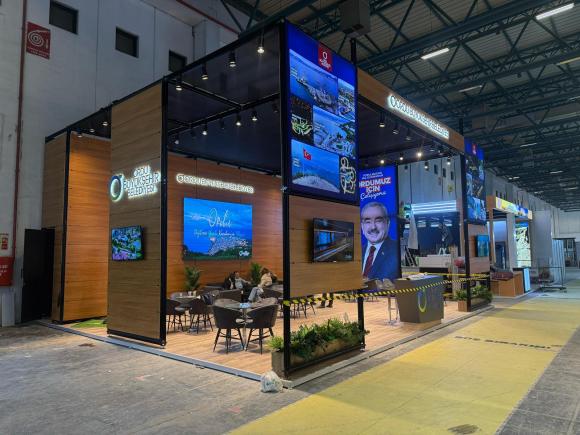GPUs aren’t always your best bet, Twitter ML tests show • The Register
[ad_1]
GPUs are a strong software for machine-finding out workloads, while they’re not essentially the right instrument for just about every AI career, in accordance to Michael Bronstein, Twitter’s head of graph learning research.
His workforce a short while ago confirmed Graphcore’s AI components made available an “order of magnitude speedup when evaluating a single IPU processor to an Nvidia A100 GPU,” in temporal graph community (TGN) designs.
“The selection of hardware for implementing Graph ML versions is a vital, but normally disregarded dilemma,” reads a joint report penned by Bronstein with Emanuele Rossi, an ML researcher at Twitter, and Daniel Justus, a researcher at Graphcore.
Graph neural networks offer a usually means of getting get in elaborate programs, and are frequently used in social networks and recommender units. Even so, the dynamic character of these environments make these versions particularly hard to coach, the trio explained.
The group investigated the viability of Graphcore’s IPUs in dealing with numerous TGN products. First tests was done on a compact TGN product based mostly on the JODIE Wikipedia dataset that inbound links users to edits they built to internet pages. The graph consisted of 8,227 consumers and 1,000 content articles for a full of 9,227 nodes. JODIE is an open up-supply prediction system designed to make feeling of temporal conversation networks.
The trio’s experimentation exposed that massive batch sizes resulted in degraded validation and inference precision, compared to lesser batch measurements.
“The node memory and the graph connectivity are both of those only up-to-date after a entire batch is processed,” the trio wrote. “Therefore, the later on events inside one particular batch could count on out-of-date information as they are not informed of before functions.”
Nonetheless, by making use of a batch size of 10, the group was able to obtain best validation and inference precision, but they notice that performance on the IPU was continue to exceptional to that of a GPU, even when using big batch measurements.
“When applying a batch side of 10, TGN can be experienced on the IPU about 11-situations a lot quicker, and even with a massive batch dimension of 200, training is still 3-instances a lot quicker on the IPU,” the put up reads. “Throughout all operations, the IPU handles smaller batch dimensions additional competently.”
The staff posits that the fast memory obtain and high throughput supplied by Graphcore’s significant in-processor SRAM cache gave the IPU an edge.
This effectiveness lead also prolonged to graph designs that exceeded the IPU’s in-processor memory — every single IPU options a 1GB SRAM cache — requiring the use of slower DRAM memory hooked up to the chips.
In testing on a graph design consisting of 261 million follows amongst 15.5 million Twitter people, the use of DRAM for the node memory curbed throughput by a aspect of two, Bronstein’s crew located.
Nevertheless, when inducing various sub-graphs dependent on a artificial dataset 10X the measurement of the Twitter graph, the group observed throughput scaled independently of the graph measurement. In other phrases, the overall performance hit was the end result of working with slower memory and not the result of model’s dimension.
“Using this technique on the IPU, TGN can be utilized to just about arbitrary graph sizes, only confined by the amount of readily available host memory although retaining a really significant throughput during coaching and inference,” the short article reads.
The workforce concluded that Graphcore’s IPU architecture shows substantial edge above GPUs in workloads where by compute and memory access are heterogeneous.
Even so, the broader takeaway is that ML researchers should meticulously consider their alternative of hardware and should not default to employing GPUs.
“The availability of cloud computing products and services abstracting out the underlying hardware prospects to particular laziness in this regard,” the trio wrote. “We hope that our research will draw more awareness to this vital subject and pave the way for foreseeable future, extra productive algorithms and hardware architectures for Graph ML applications.” ®
[ad_2]
Source link




